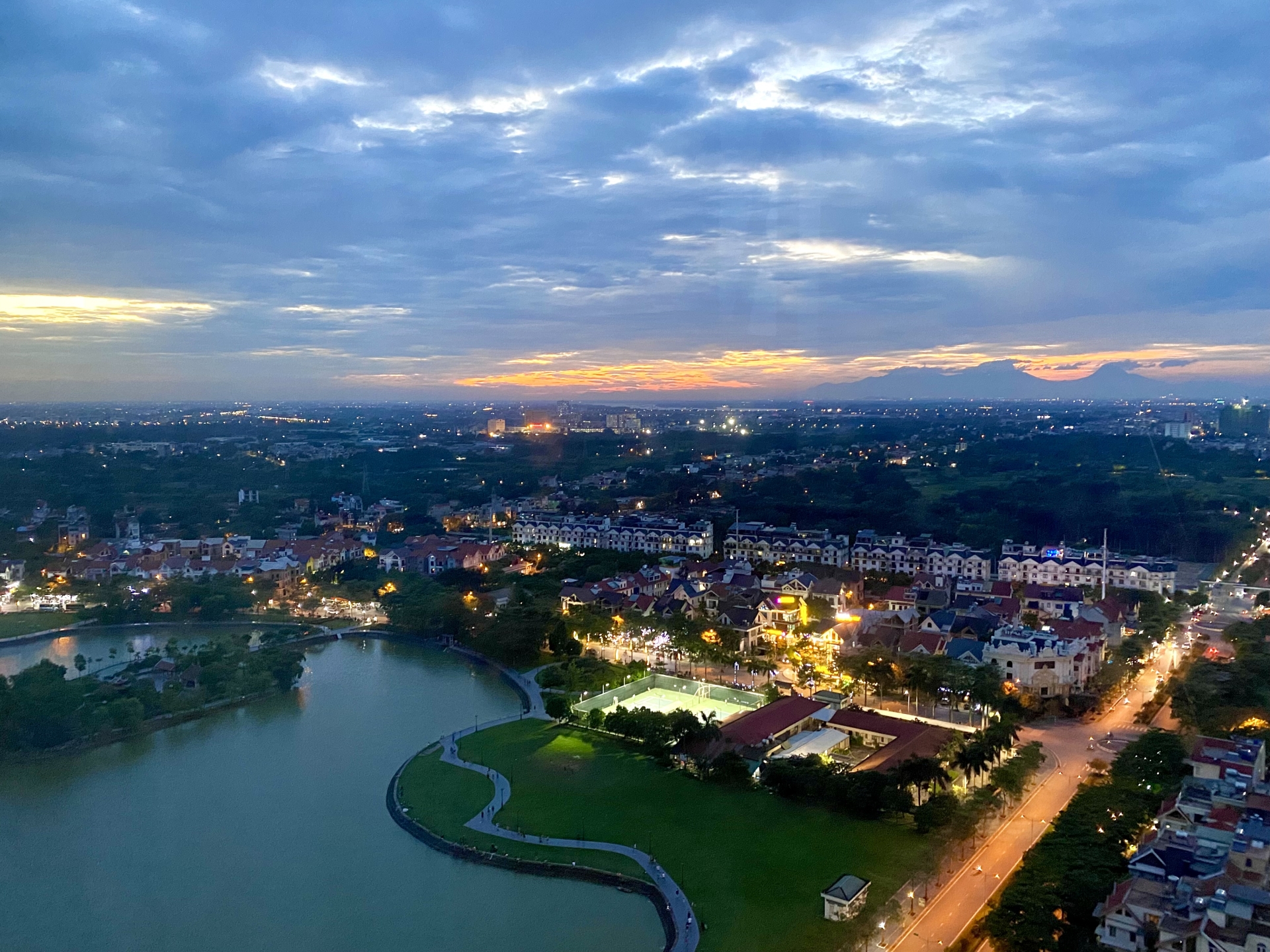Surface water quality in Singapore
Curren et al. (2023) reported that microplastics were detected in both surface and seawater samples at 5 m depth across all sampling stations in both the Johor River and Singapore Straits. The concentration of microplastics ranged from 106 to 238 particles/mL in the Johor Strait and 143–196 particles/mL in the Singapore Strait. Overall, microplastic fragments, film, and fibers were observed. Fragments accounted for the majority of the microplastics, at 70%, followed by film and fiber at 25% and 5%, respectively (Curren et al., 2023). From all microplastic types, clear microplastics were the most abundant (64.9%), followed by black (25.1%), blue (5.5%), purple (2.3%), pink (1.7%), red (0.5%) and brown (0.04%). Curren et al. (2023) also found microplastics in both the Johor and Singapore Straits were categorised into three size fractions—smaller than 500 μm, 500–1000 μm, and 1–5 mm. Across the stations, microplastics smaller than 500 μm were the most abundant, at 98.9%, followed by pieces of size 500–1000 μm and 1–5 mm at 1% and 0.1%, respectively. The authors observed that more polluted waters result in higher microplastic abundances in various locations due to agricultural activities and waste from plastic and rubber industries (Curren et al., 2023).

Song et al. (2019) indicated that differences in land uses are an important factor responsible for changes in the runoff constituents. For example, the average TOC, TN, and TP in the parkland catchment were 4.16 mg/L, 3.02 mg/L, and 0.31 mg/L, respectively. Similarly, the average for Zn and Cu (0.38 and 0.09 mg/L, respectively) at the industrial areas was higher than the other land uses. Also, the average pH at the industry car workshop area was 7.24, which was significantly higher than that in residential areas, major roads, and food centers (Song et al., 2019). A study by Yi et al. (2018) has also proven that land use type in Singapore and antibiotic use may all affect the concentrations of antibiotics in the environment. Indeed, the highest antibiotic concentration (82.5 ng/L) in water samples was identified as sulfamethazine in an agricultural area.
The water quality of Singapore's coastal waters was evaluated by Charmaine et al. (2018), with the ranges for the average physical parameters of water quality for pH, salinity, TDS, DO, turbidity, and chlorophyll from the 14 sampling sites were 7.23–8.03, 23.11–34.33 ppt, 23.4–33.3 g/L, 3.55–6.33 mg/L, 0–4.40 NTU, and 0.85–30.84 μg/L, respectively.
References
Curren E., Sandric Chee Yew Leong. (2023). Spatiotemporal characterisation of microplastics in the coastal regions of Singapore, Heliyon, Volume 9, Issue 1, 2023, e12961, ISSN 2405-8440, https://doi.org/10.1016/j.heliyon.2023.e12961.
Charmaine Ng., Chen, H., Goh, S. G., Haller, L., Wu, Z., Charles, F. R., … Gin, K. (2018). Microbial water quality and the detection of multidrug resistant E. coli and antibiotic resistance genes in aquaculture sites of Singapore. Marine Pollution Bulletin, 135, 475–480. doi:10.1016/j.marpolbul.2018.07.055
Savage, V. R., et al. (2004). The Singapore River thematic zone: Sustainable tourism in an urban context. The Geographical Journal, 170(3), 212–225, p. 215. Retrieved from JSTOR via NLB’s eResources website: http://eresources.nlb.gov.sg/
Song, H., Qin, T., Wang, J., Wong, T.H.F. (2019). Characteristics of Stormwater Quality in Singapore Catchments in 9 Different Types of Land Use. Water, 11, 1089. https://doi.org/10.3390/w11051089
Yi, X., Lin, C., Ong, E. J. L., Wang, M., & Zhou, Z. (2018). Occurrence and distribution of trace levels of antibiotics in surface waters and soils driven by non-point source pollution and anthropogenic pressure. Chemosphere. doi:10.1016/j.chemosphere.2018.10.087








